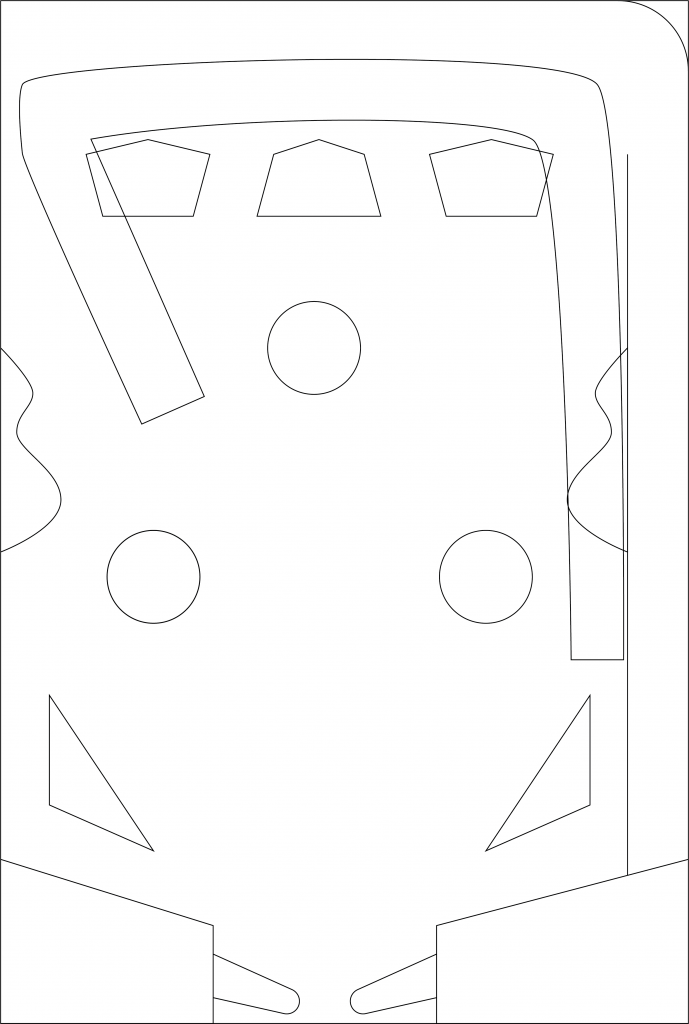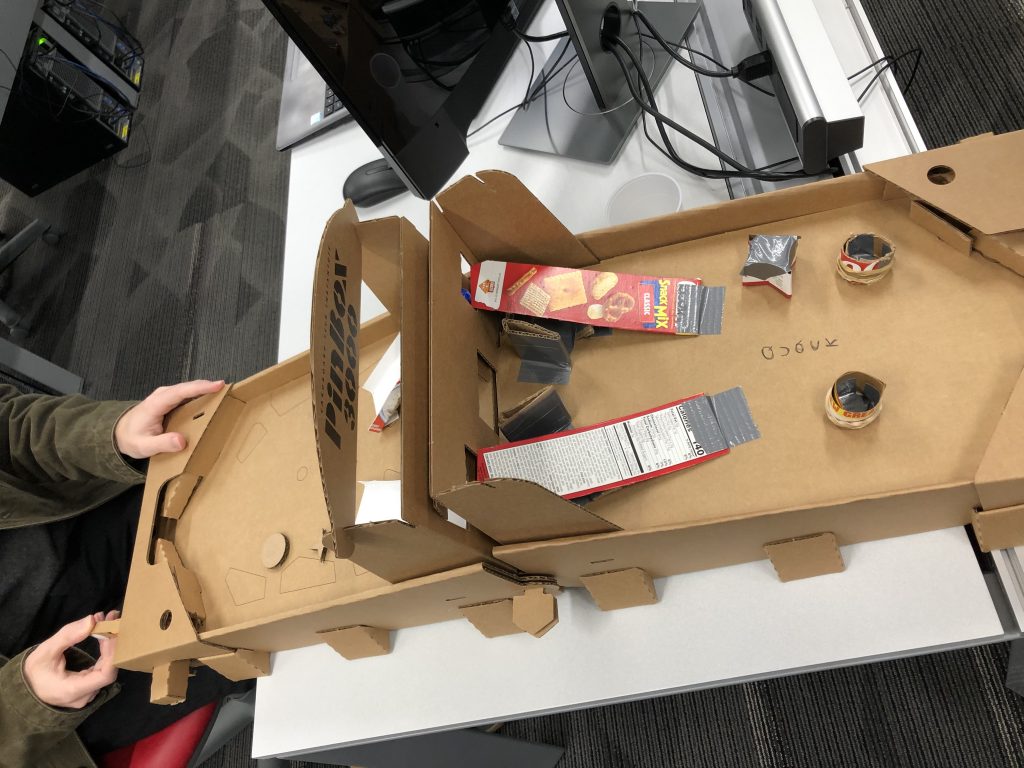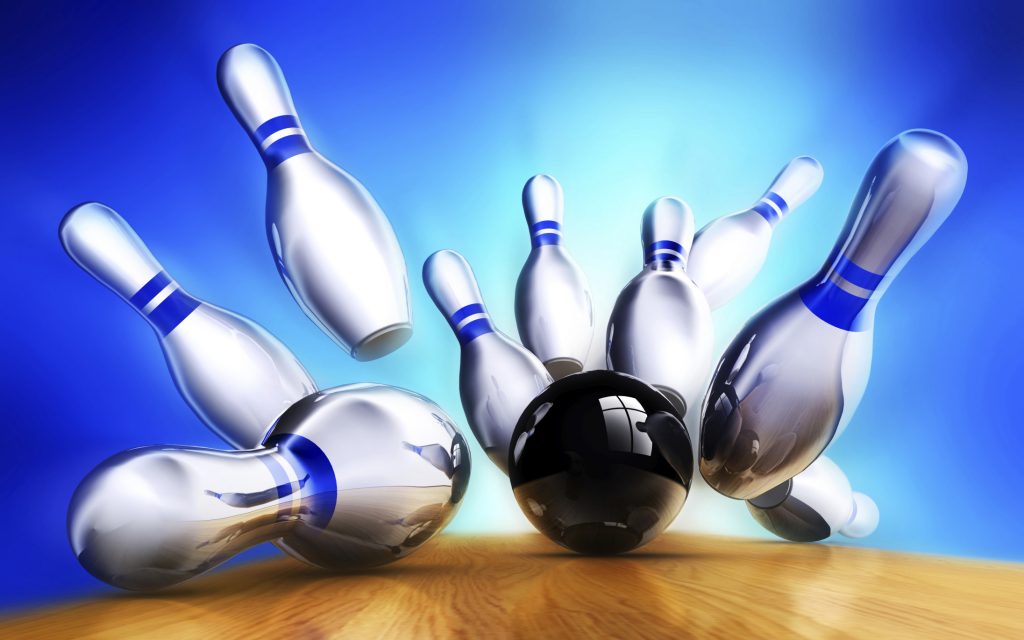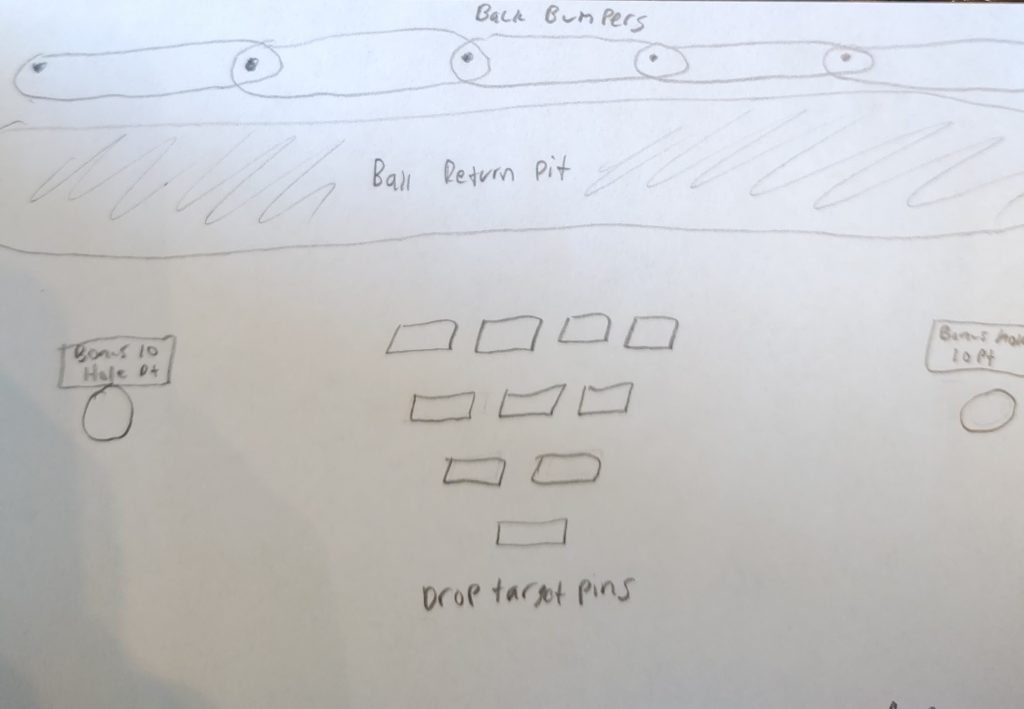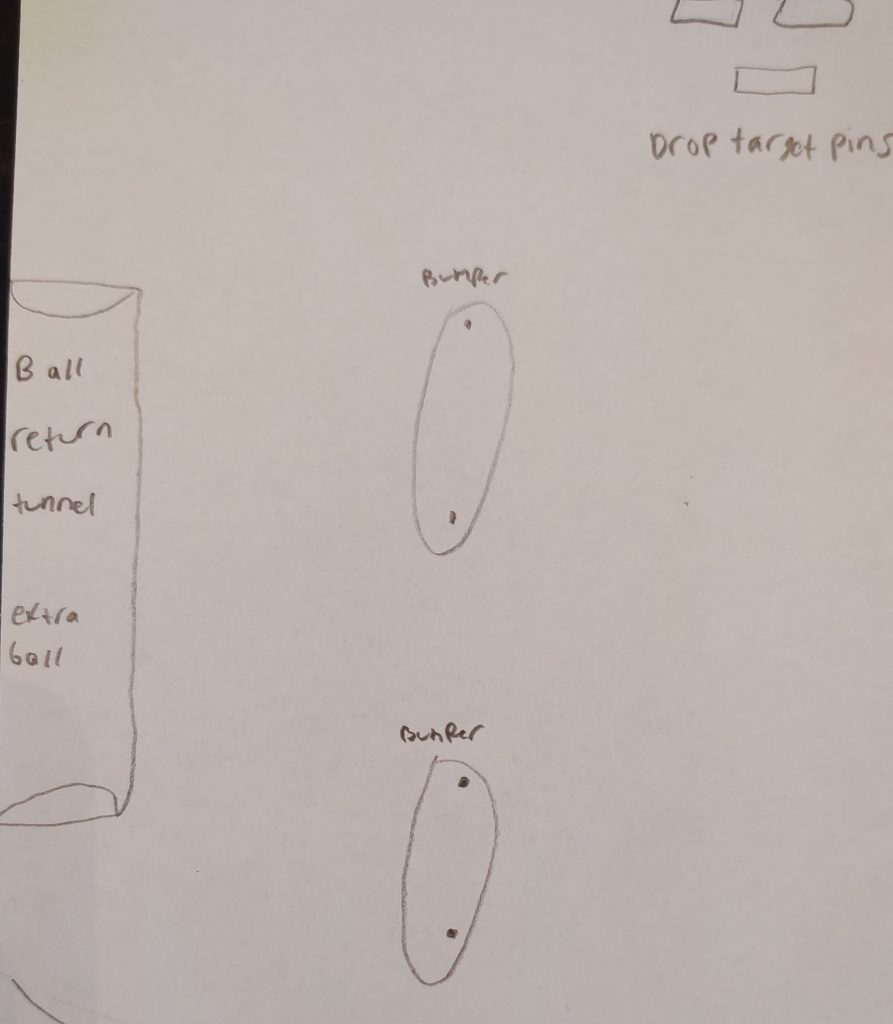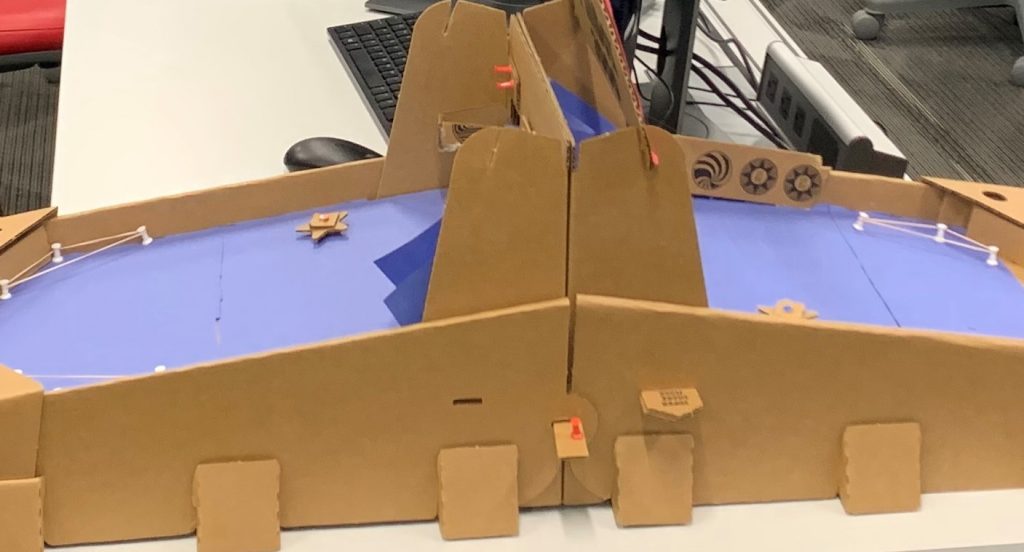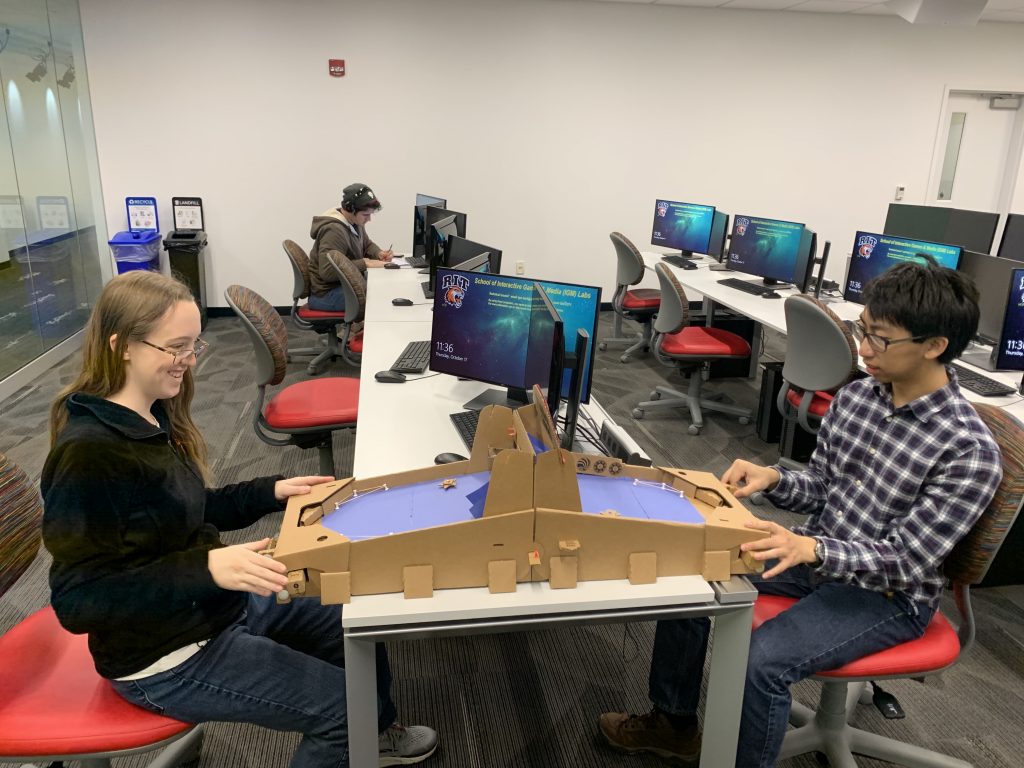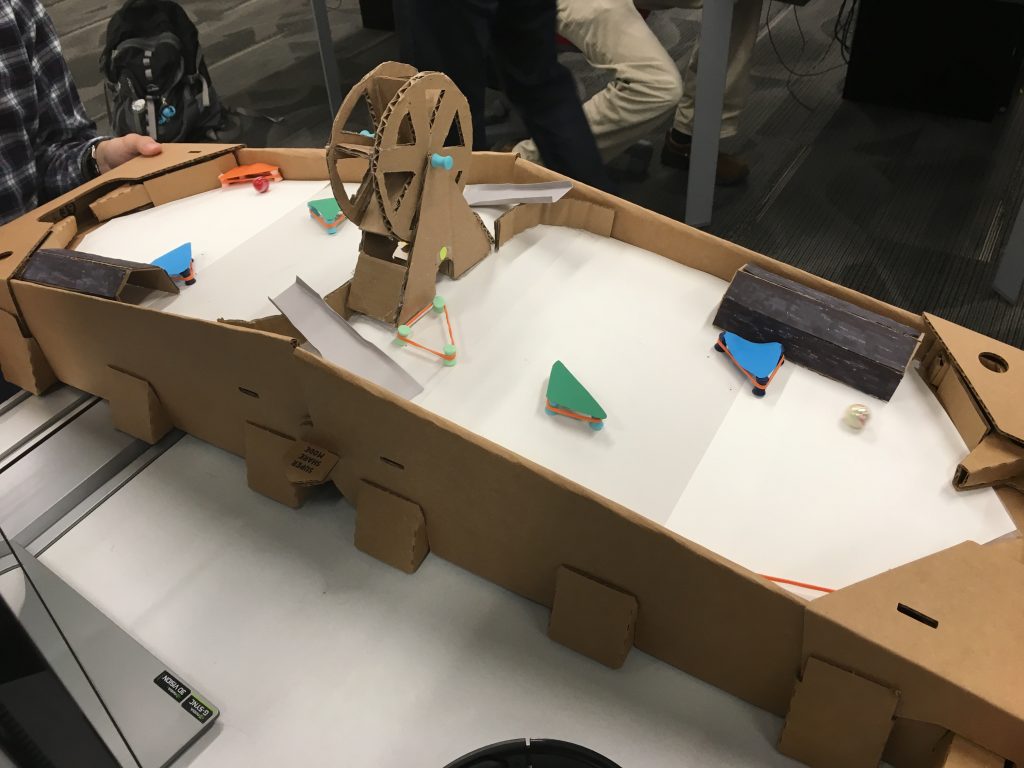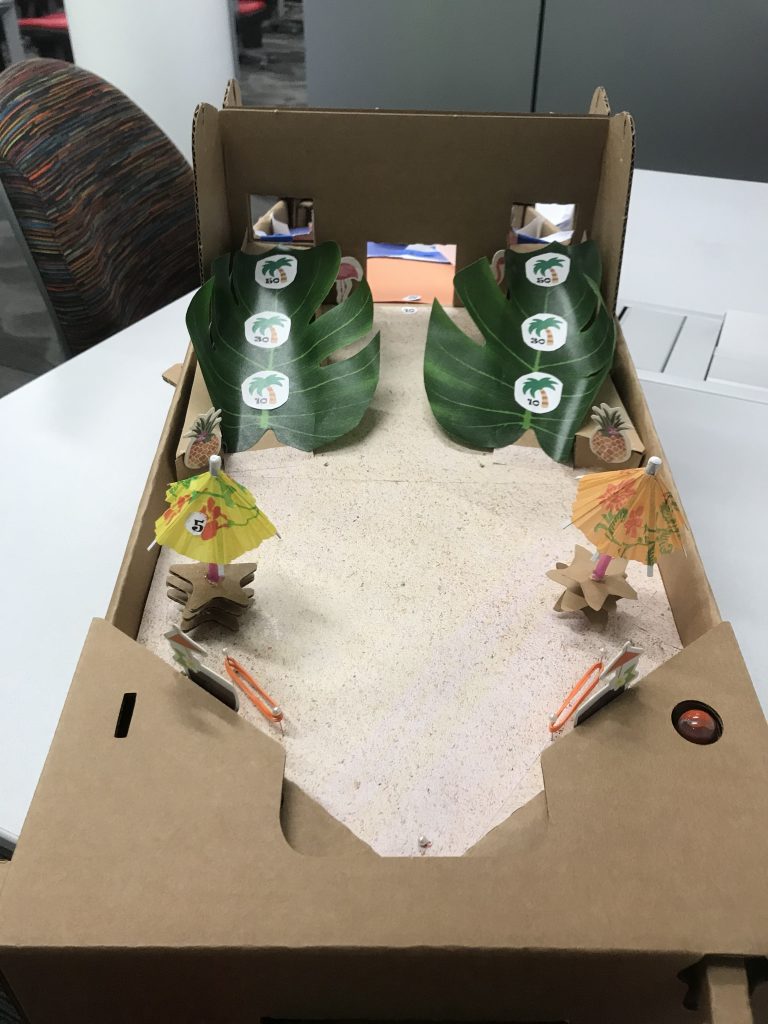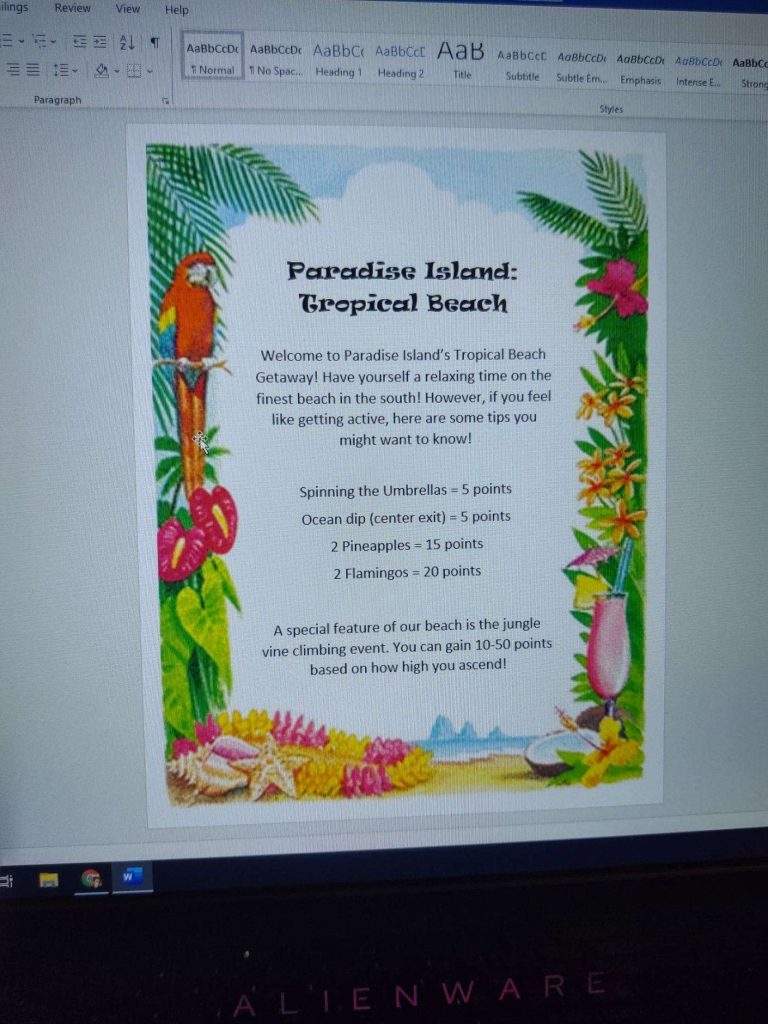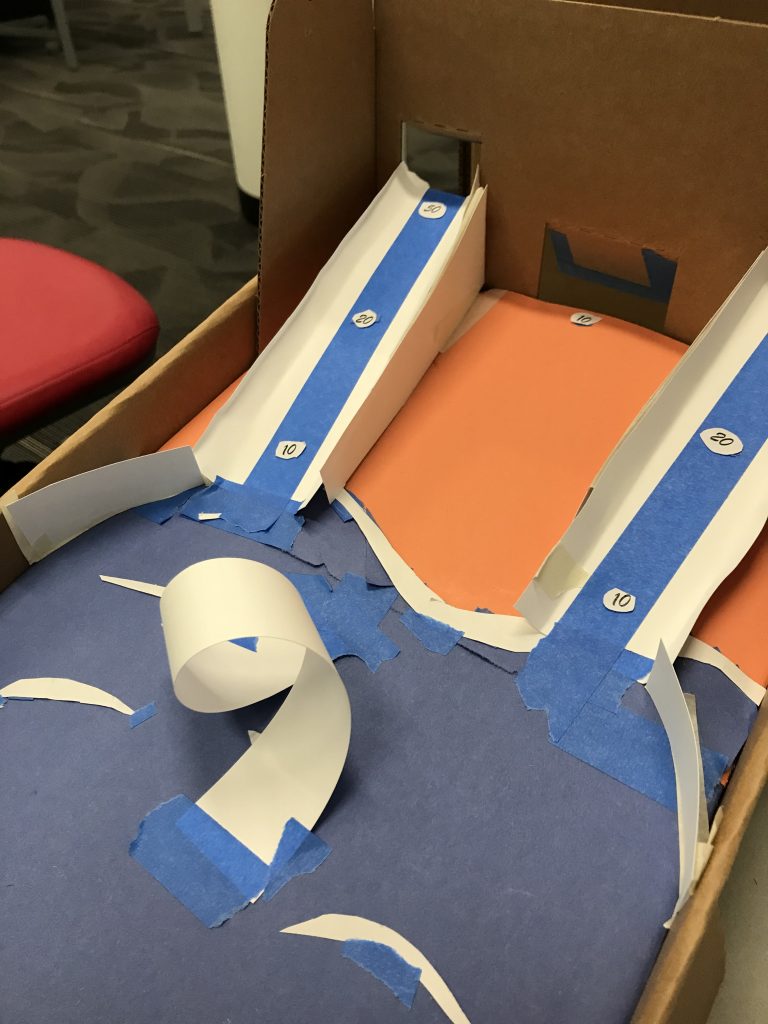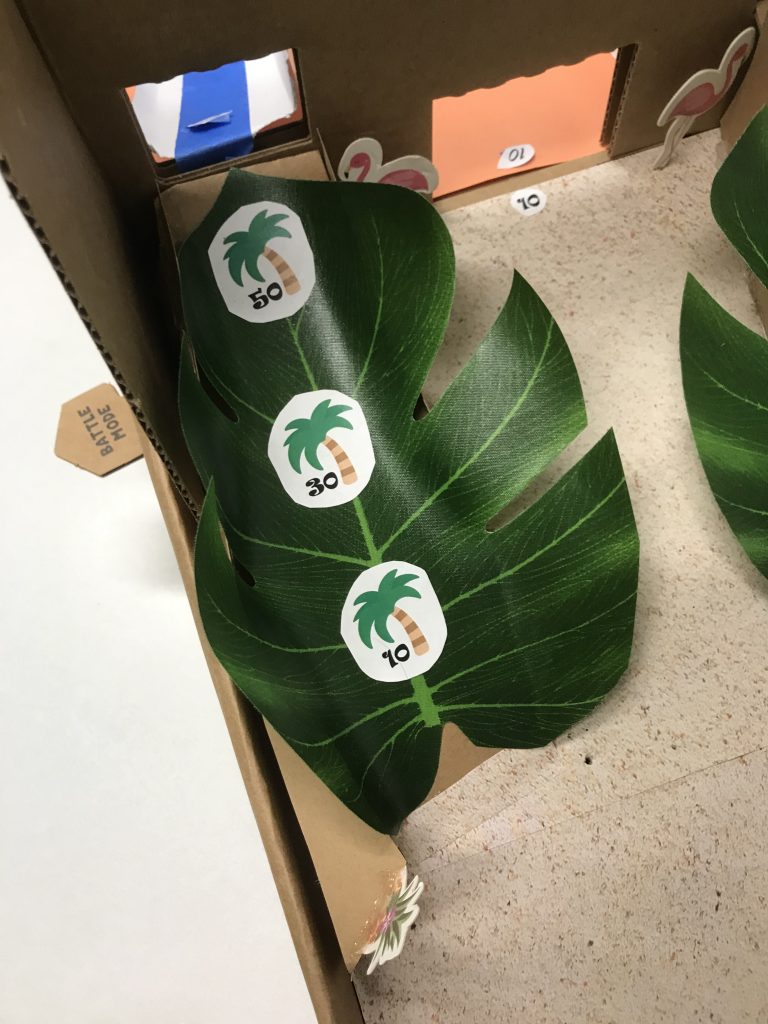Although it didn’t occur to us at the start, as we went through and iterated through design ideas for the dual machine, we realized how much of a stupid sport Quidditch actually was; seeing how the game didn’t actually end till the Snitch was caught. But as we were trying to recreate Quidditch on a pinball field, we tried our best to stick to the original.
Initial Designs & Improvements
Honestly speaking, the initial designs weren’t really a thing of beauty much alone something one could call interesting. It was basically pinball with just three hoops on the playing field and two balls instead of one. We knew we could do better than that and better we did.
One of the first things we thought about was reconditioning the win condition. Originally it would be so that if the Snitch went through your gutter, you lost. But after some discussing and debating, we settled for making skill shot holes that the Snitch had to be shot into in order for the game to end. This made the game much more skill-based as well as deviating away from the typical pinball win/lose condition.
The next thing we changed was how we would set up the hoops. Originally there would be two sets of hoops on both sides of the field but we deemed that to be a potential annoyance as it could interfere with the players trying to shoot the balls past their side of the playing field. Instead, we had only one set of hoops at the center of the field that both the players shared. This allowed for the majority of the playing field to be open and cause less of a disturbance for what it was.
But after we had cleared the playing field of the hoops, we brought in a mechanic that acted out the defenders of a quidditch game. We had a pseudo-grid and golf tees to represent the defenders of a player’s team and the positions they could potentially be in. Each player would get 3 defenders that they would set up on the opponent’s field, as they are there to be an obstacle for the opponent. They were also limited to only one defender per row to prevent one from setting up a blockade which wouldn’t be fair.
After all that, the last thing we did was set an alternate win condition to the game. We realized that it was possible for the game to go on for a long period of time, much like how it was possible with quidditch games in the Harry Potter world and felt the need for another way to end the game. What we came up with was a score limit that if reached by scoring enough points by getting the quaffle through the hoops, would end the game regardless of whether or not the Snitch had been caught and the player who reached the limit first would win. This ensured that while our game is trying to recreate quidditch, we made sure to keep realistic goals for players playing our game.
Playtest & Feedback
There really isn’t much to say when it came to the playtests. Most people seemed to enjoy the game but many can agree that it can get a bit hectic when there was a total of three balls on the playfield at any given time and sometimes they’d go flying off the decks as well.
Any improvements that came to mind after the playtest were heavily limited by the fact that we’re using a physical machine: a reliable method to keep track of the score, something to keep the balls from flying off the deck, a way to play out of bound balls quickly back into the game, etc.
Due to the limitation of having to work with a physical machine, not many improvements can actually be made without the proper skill sets to do so.
But if we could make a digital version of this game, we wouldn’t hesitate to do so.
